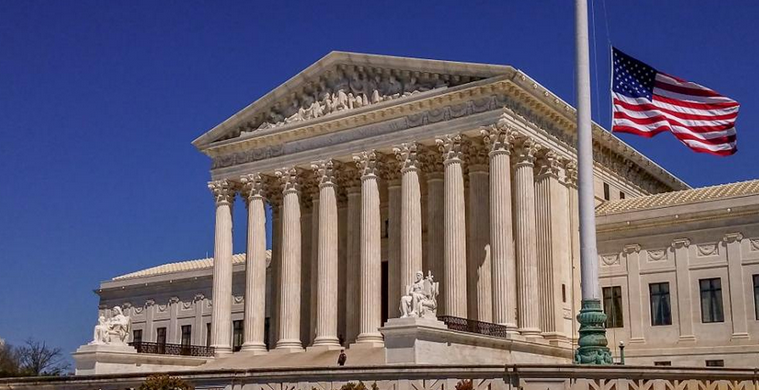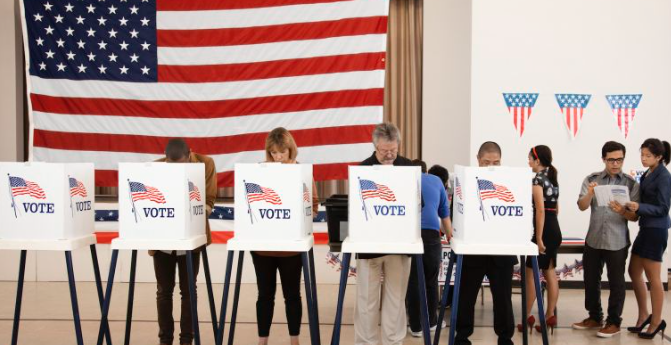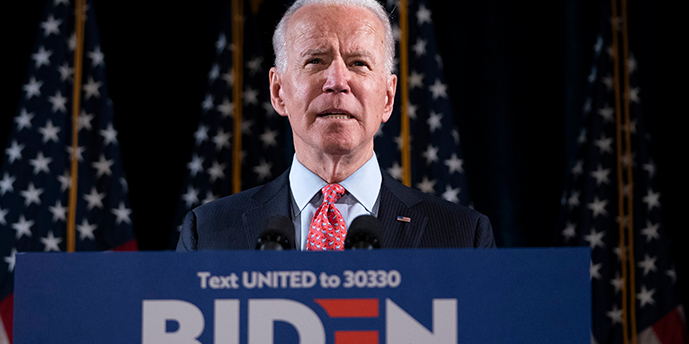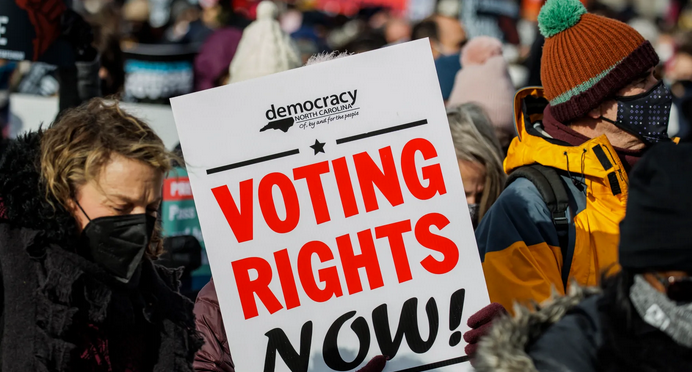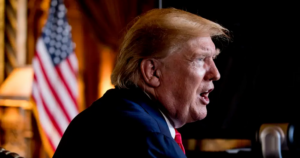The United States Supreme Court, often referred to as the highest court in the land, plays a crucial role in the American legal system. Its decisions have far-reaching impacts on laws, policies, and the interpretation of the Constitution. Let’s delve into the power and functioning of the US Supreme Court and its significant role in shaping the nation’s legal landscape.
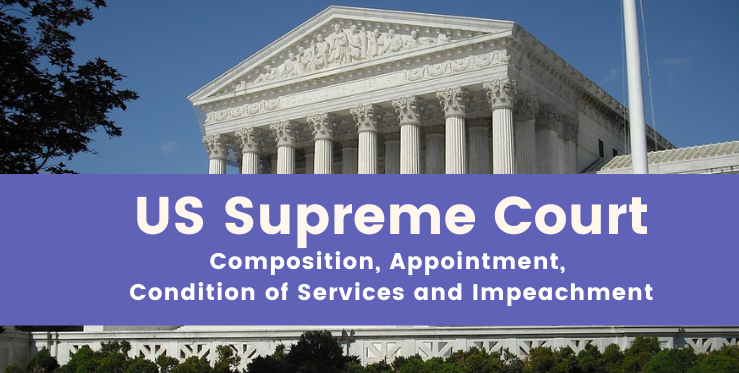
Understanding the Role of the US Supreme Court
The US Supreme Court serves as the final arbiter in interpreting the Constitution, ensuring that laws are consistent with its provisions. This power, known as judicial review, grants the Court the authority to declare laws unconstitutional.
The Composition and Appointment of Justices
The Court consists of nine justices, nominated by the President and confirmed by the Senate. These appointments are lifetime tenures, allowing justices to make impartial decisions without fear of political repercussions.
The Judicial Process and Decision-Making
Cases reach the Supreme Court through appeals from lower federal courts or state supreme courts. The Court selects cases that raise important constitutional or legal issues. Oral arguments allow lawyers to present their arguments, and justices engage in rigorous questioning. Afterward, the Court deliberates and issues its written decisions.
Landmark Cases and Legal Precedents
The US Supreme Court has shaped American society through landmark decisions. Cases like Brown v. Board of Education (1954) and Roe v. Wade (1973) have had profound impacts on civil rights and social policies.
Influence on Public Policy
Supreme Court rulings often influence public policy debates. For instance, the Obergefell v. Hodges (2015) decision legalized same-sex marriage across the nation, prompting discussions and legislative changes.
Checks and Balances
Congress can propose constitutional amendments to override Court decisions, and the President nominates justices, influencing the Court’s composition.
Interpretation of the Constitution
The Court employs various approaches to interpret the Constitution. Originalism emphasizes adhering to the framers’ intent, while judicial activism involves adapting the Constitution to modern societal needs.
Controversies and Public Perception
The Court is not immune to controversies and public scrutiny. Controversial decisions can lead to debates about the Court’s impartiality and its potential influence on political matters.
The Role in Presidential Elections
The Court’s decisions can impact presidential elections. The case of Bush v. Gore (2000) involving the recount in Florida is a notable example.
The Legacy of Justices
Individual justices leave lasting legacies through their interpretations and opinions.
Certiorari and Case Selection
The Court receives thousands of cases annually, but it only grants certiorari or agrees to hear, a small fraction of them. The decision to take up a case involves evaluating its constitutional significance and potential impact on the law.
Amicus Curiae Briefs
Interested parties, known as amici curiae or “friends of the court,” can submit briefs to provide additional legal arguments or perspectives on a case. These briefs can influence the Court’s decision-making process.
The Conference and Decision Making
After oral arguments, the justices convene in a conference to discuss the case and cast preliminary votes. The Chief Justice, if in the majority, assigns the writing of the majority opinion. The justices in the minority may choose to write dissenting opinions.
Conclusion
The US Supreme Court’s power and functioning have immense implications for the American legal system and society as a whole. Its decisions shape the nation’s laws, safeguard individual rights, and contribute to the checks and balances essential to a functioning democracy.
In essence, the US Supreme Court stands as a guardian of the Constitution, ensuring that the principles and values enshrined by the Founding Fathers continue to guide the nation’s growth and evolution. Understanding its role and impact is essential to appreciate the intricate workings of the American justice system.

